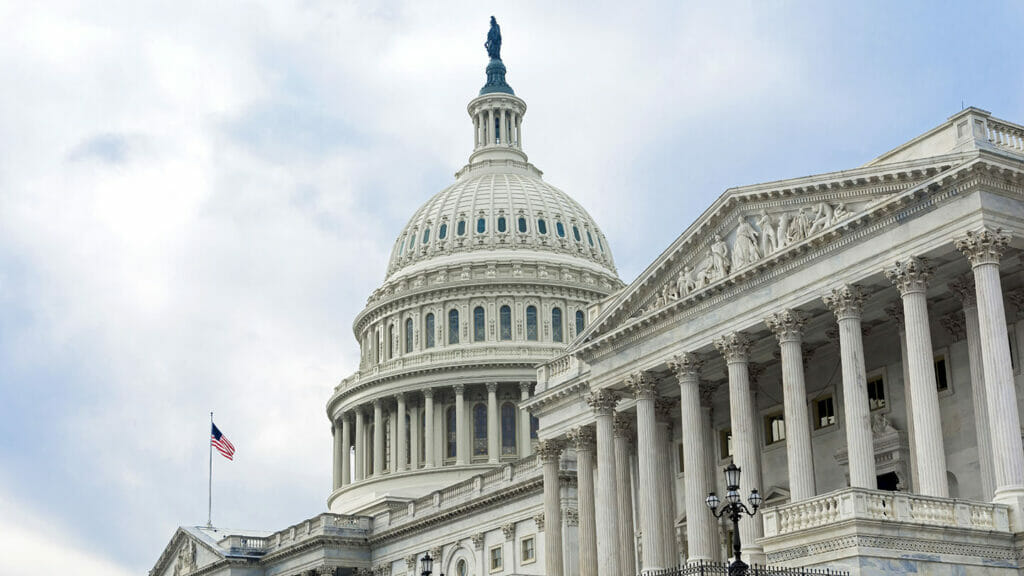
Earlier this month, home care workers paid through Colorado’s Medicaid program received raises. Colorado’s Medical Services Board funneled $250 million the state received from the federal American Rescue Plan Act to hike hourly wages for direct care workers from just under $12.50 to $15.
But what happens to those increases once the federal money runs dry? That is a question stakeholders in Colorado and across the country are asking.
In the past year, billions of federal dollars have been dispersed to jumpstart the U.S. economy and bring relief to the healthcare system. President Joseph Biden’s $1.9 trillion American Rescue Plan Act signed into law last March included a 10% increase to the Federal Medical Assistance Percentage (FMAP) for home-and-community-based services, as well as $350 billion to state, local governments and tribes to stabilize their economies during the COVID-19 pandemic. The Department of Health and Human Services has also provided $18 billion dollars directly to healthcare agencies in all 50 states to help them recruit and retain staff during the COVID-19 public health emergency.
Increased FMAP funding can be used for a number of HCBS priorities, including service expansions, capital and structure improvements and pay increases to caregivers. But the money is time-limited and must be spent by March 31, 2024. Stephen McCall, data and policy analyst at PHI National, told McKnight’s Home Care Daily Pulse home care agencies face a real dilemma because there is no guarantee states will be able to afford those higher wages once the federal money runs out.
“For a provider what this means is they may be hesitant to invest in direct care workers’ wages without some commitment that funding levels will be sustained in some way,” McCall said.
Solving the worker shortage
Lorin Chevalier, board director for the Home Care and Hospice Association of Colorado told McKnight’s Home Care Daily Pulse the higher wages in Colorado could help mitigate the state’s shortage of home care workers.
“In the midst of a global pandemic, positions for frontline healthcare workers are hard to recruit and hard to retain,” Chevalier said. “The candidate pool is not being replenished the way it used to be due to some of the federal immigration restrictions and so that adds additional challenges to increase the size of the candidate pool from which we need to hire ever increasing numbers of employees.”
According to the nonprofit Advancing States, 19 states have committed to using increased FMAP funding to support direct care worker wages, including Colorado. And Chevalier is optimistic Colorado will come up with the money to support higher caregiver wages when the federal funding runs out in two years.
“The governor’s budget for the next fiscal year is already contemplating allocating a portion of general fund dollars that would continue to support the agencies’ ability to pay at the $15 or higher wage,” Chevalier explained.
What’s next
Still, McCall isn’t sure every state will necessarily have the financial resources that Colorado has to continue funding higher caregiver wages. He said the Biden administration’s Build Back Better initiative, which earmarks another $150 billion for HCBS funding, could help solve the problem if Congress passes the legislation.
“I’m really hoping that employers and workforce advocates and long-term care leaders will really be ringing the alarm bell over the time-limited nature of these funds to encourage federal policy makers to act as soon as possible,” McCall said.



